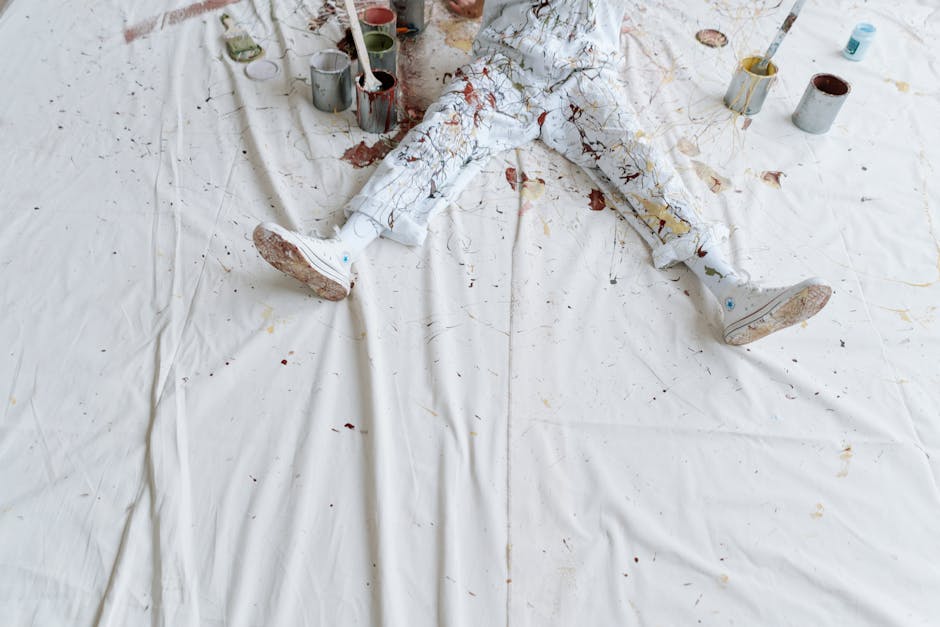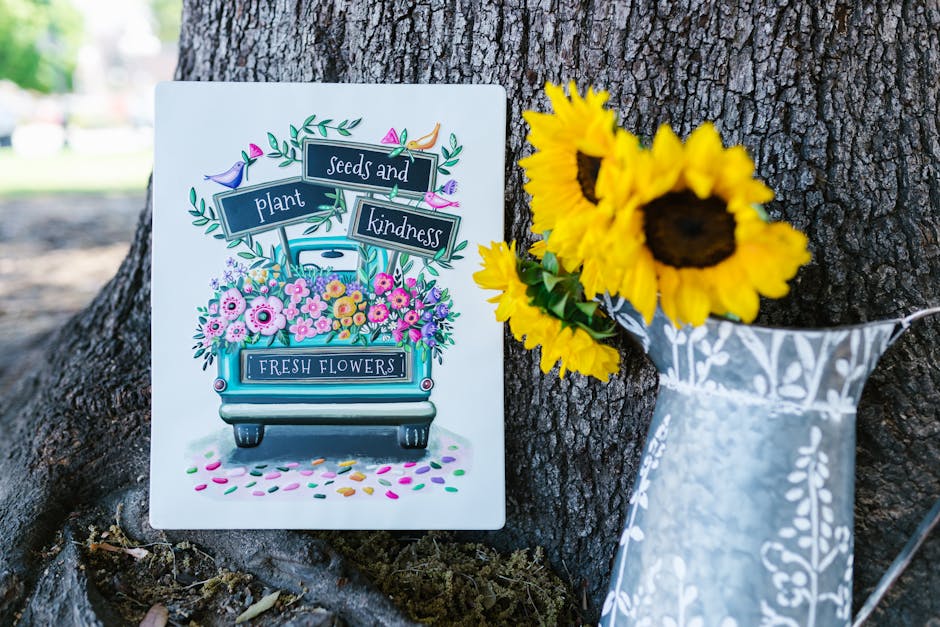Building a Dream Recall Habit
Remembering your dreams isn’t just about curiosity. Strong dream recall can deepen self-awareness, boost creativity, and even improve your sleep quality. The more you train your brain to notice and retain your dream experiences, the more vivid and meaningful they become.
Why Dream Recall Matters
- Enhances self-reflection and emotional insight
- Supports lucid dreaming and intentional dreaming practices
- Helps you recognize recurring dreams, symbols, and subconscious patterns
- Allows for journaling and creative inspiration
Before You Get Out of Bed: Key Morning Habits
The moments right after waking are critical. Your dream memories are most fragile during this time. Train your mind to hold on to those fleeting details.
In-bed techniques to improve recall:
- Stay still with your eyes closed for a few moments as you wake up
- Ask yourself, “What was I just dreaming?” and let images return without pressure
- Rewind the dream in your mind before speaking or moving too much
- Try to recall feelings and key visuals, even if the full story is unclear
Capturing Your Dreams: Tools and Techniques
Writing your dreams down isn’t the only method. Approach recall through multiple senses to create a clearer memory map.
Sketch, note, or map what you remember:
- Use a dream journal by your bed to log dreams immediately
- Add timestamps, emotions, and titles to make entries easier to revisit
- Sketch dream scenes, characters, or symbols freehand
- Create a “mood map” to track emotional tones throughout the dream
- Voice record if writing is too slow or disruptive on waking
Make It a Habit
Consistency is more important than accuracy. Even if you only remember fragments, log them. Over time, your recall will strengthen through repetition and focus.
- Set a nightly intention to remember your dreams
- Make journaling part of your morning routine
- Review past entries regularly to look for patterns or sequences
Dreams fade fast. But with practice, you’ll learn to catch their messages before they vanish.
The subconscious isn’t some abstract weird zone—it’s a real, functional part of the creative brain. For artists, it holds what we filter out in our waking lives but still feel deep down. It’s where rough, emotional material lives. The stuff that’s too raw, too strange, too layered to surface in regular brainstorming sessions. That’s why tapping into it matters. It cuts the noise and gets you closer to something real.
Dreams are part of that deal. They’re not just useless night shows. They pull from memory, emotion, fear, desire. The visuals can be chaotic, but they’re full of symbols, story fragments, and recurring patterns that say something about our inner world. Artists who pay attention to their dreams start to see these threads—and use them. Surrealists basically built an entire movement on this principle, but it’s not just Dali. Filmmakers, painters, musicians—they’ve all dipped into the dream-state to pull out something raw and personal.
Look at David Lynch. Half his movies feel like dreams because they actually are—he mines that space for imagery and tone. Frida Kahlo painted what she saw in her sleep and what she felt in her body. Paul McCartney? Woke up with the melody to ‘Yesterday’ playing in his head. The list goes on.
The takeaway: don’t overlook what happens when your eyes are closed. It’s not random. It’s a free, bottomless well. You just need to pay attention.
The subconscious mind isn’t some mystical force. It’s just the part of your brain that’s always running in the background. It stores your past experiences, your gut instincts, and the emotions you didn’t know stuck around. While your conscious brain is making decisions and forming sentences, your subconscious is quietly pulling all the strings in the background.
It’s where old memories live — the smell of your grandmother’s living room, the feeling you got the first time you got rejected, the sound of your parents arguing in the next room. These details don’t go away, they just settle beneath your awareness. Same with instincts. You flinch before a loud noise or cringe at a fake smile because your subconscious already picked up something your eyes barely noticed.
When it comes to art, especially the kind that resonates, tapping into this place matters. Unconscious signals carry truth. They dig up the raw stuff: real tension, longing, and honesty. Artistic choices that come from the subconscious don’t always follow clear logic, but they often hit harder because they’re rooted in something deeper. The art feels lived in, not polished into oblivion.
Steering Creativity While You Sleep
One of the simplest tools creators overlook is sleep. Setting a clear pre-sleep intention shifts the odds in your favor. A problem you can’t crack while awake might just find clarity if you go to bed asking the right questions. Before lights out, try writing a short prompt or thought you want to explore. Don’t overthink it. Just point your mind in a direction.
Sound, breath, and imagery can also shape the dream process. Some vloggers swear by ambient music or guided meditations to invite visual thinking. Others use mental movies—imagining a story sequence or outcome—as a lightweight form of dream rehearsal. It doesn’t need to be perfect. It just needs to be intentional.
And when the brain drops an oddball idea on you at 3 A.M.? Don’t dismiss it. That single line or strange moment might be the creative thread you needed. Random thoughts are often signals—subtle, subconscious ones worth noticing. Keep your notes app or journal nearby. Trust the blips. They usually mean something.
Why a Dream or Art Journal Is Non-Negotiable
Creative ideas rarely arrive fully formed. They’re often sparked by fleeting thoughts, strange dreams, or disconnected moments of inspiration. A dream or art journal acts as a landing zone for these raw, often chaotic bits of creativity.
Capture Before It Escapes
Ideas are slippery. That image you see right before waking, the phrase that comes to you in the middle of a workday, or the color combination you spot on a street sign — they can be lost in seconds.
- Journals allow you to capture thoughts before they disappear
- They serve as an external memory bank for imaginative fragments
- Writing or sketching helps solidify early-stage concepts
Link Your Journal with the Creative Process
The power of journaling isn’t just in recording ideas. It’s in how you return, reflect, and reuse those entries to spark completed works. A journal becomes a personal archive of patterns, symbols, and emotional cues.
Use These Tactics to Connect Journaling with Real Work:
- Revisit your journal before starting new projects to mine for themes or visuals
- Use sketches as visual prompts for digital design or painting
- Turn snippets of dream dialogue into storyboards, captions, or scripts
- Organize entries by mood, concept type, or sensory detail for quick reference
Explore More: Journaling for Ideation
If you want to dive deeper into how journaling can directly influence your visual work, read more in this companion piece: The Role of Journaling in Sparking Visual Ideation
Dreams are strange—but they rarely lie. They’re not just random noise from a resting brain; they’re windows into what we’re avoiding, wanting, or trying to create. For artists, vloggers, and anyone in the business of storytelling, dreams can be a kind of raw, internal storyboard. Conflict, longing, nostalgia, fear—whatever’s cooking under the surface tends to bubble up in the form of scenes, symbols, and sensations.
Some dream images hit harder than others—floating, falling, a face that keeps changing. These visual cues don’t come with subtitles, but they leave a mark. When transferred into content, they carry emotional weight that’s hard to fake. Think of them like signals from the subconscious, begging to be turned into something.
Throughout history, artists have plugged straight into this dream-world. The Surrealists based entire movements on dream logic. Filmmakers like David Lynch turned dreams into scenes that confuse and hypnotize. Musicians from The Beatles to Aphex Twin have written tracks inspired by what happens while asleep. The common thread? Dreams cut past the obvious. They offer material that feels both personal and universal—perfect for creators who want to dig deep.
Turning Symbols into Composition Pieces
Symbols can serve as more than hidden messages—they can become the building blocks of an entire piece. When used with intention, a single image, shape, or visual motif can transform into a powerful compositional element.
Use Symbols as Structure
Instead of treating symbols as decoration or metaphor alone, think about how they can shape layout, rhythm, and movement within the piece.
- A recurring image can guide the eye across your canvas or frame
- Geometric shapes or symbolic patterns can anchor other elements
- Symbol repetition can create visual rhythm and unity
Let Go of “Making Sense”
Artists often feel pressure to communicate clearly, but powerful work doesn’t always need to explain itself. Ambiguity invites curiosity and brings the viewer into the interpretive process.
- Not everything has to be solved or understood immediately
- Abstract narrative allows for emotional depth and personal resonance
- Uncertainty in a composition can keep it interesting over time
Blend Dreams with Design
Balancing the instinctive with the intentional is key. Mixing dream imagery or intuitive elements with conscious compositional choices brings depth and cohesion.
- Start with a spontaneous or surreal idea, then arrange it with clarity
- Use layering to integrate subconscious visuals into structured scenes
- Allow instinct to drive creation, then step back to refine with purpose
The result is visual art that feels both imaginative and grounded—open to interpretation, yet thoughtfully composed.
The subconscious never clocks out. Even when you’re off-camera, out of ideas, or crashing after a long edit, it’s still on the job. That’s not a threat—it’s a tool. When you feed it regularly with good input (books, conversations, even weird rabbit holes), it starts connecting dots. You train it by building habits: jotting notes when something clicks, stepping away when you’re stuck, revisiting raw ideas before tossing them out.
Your dreams? Great starting point—but not the blueprint. Nighttime brain dumps are unfiltered; scattered gold. Use them to spark something, not define it. The danger lies in treating that first flash like it’s final. Instead, treat it like kindling. Refine it when you’re awake, alert, and thinking straight.
And those strange ideas—the offbeat vlog formats, the quiet moments you hesitate to post, the topics that feel too niche? Don’t throw them away. That impulse to dismiss them is just old wiring. Sit with them. Weird ideas age well. And often, they point somewhere true.




